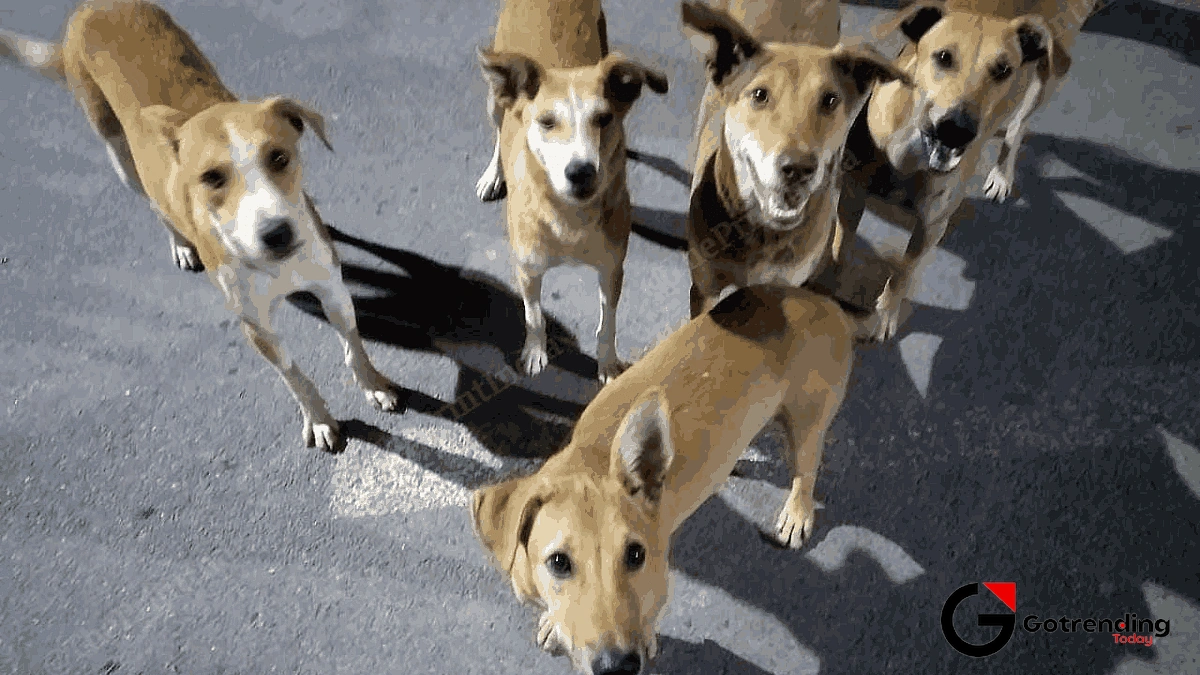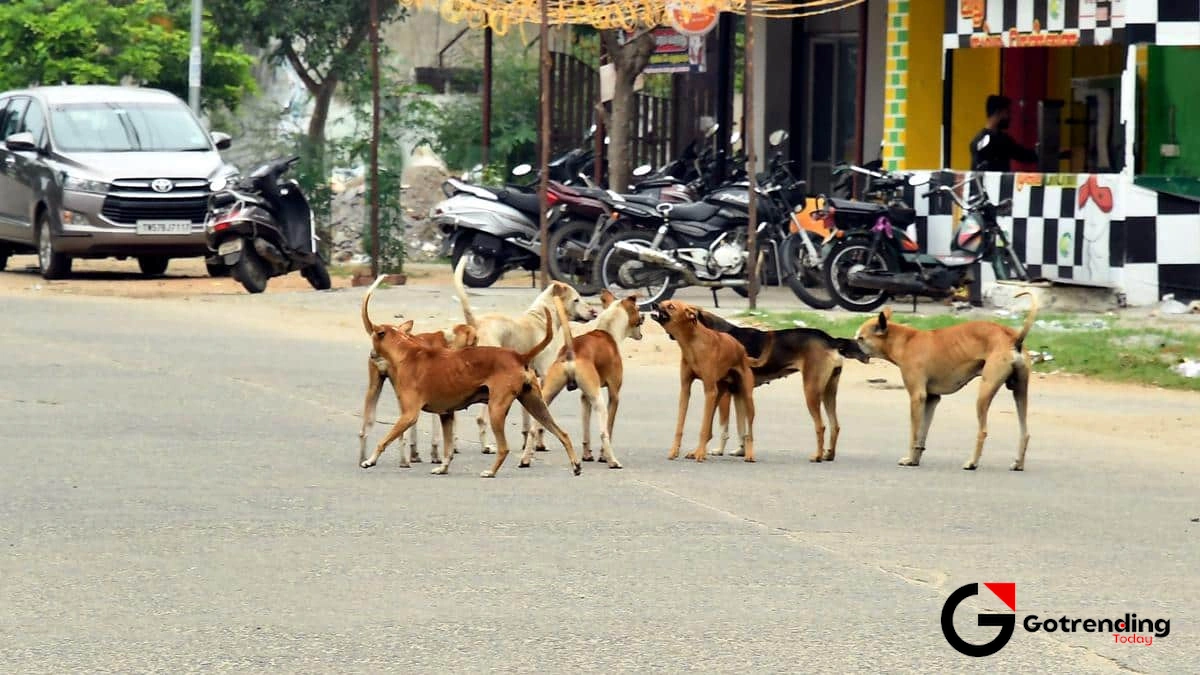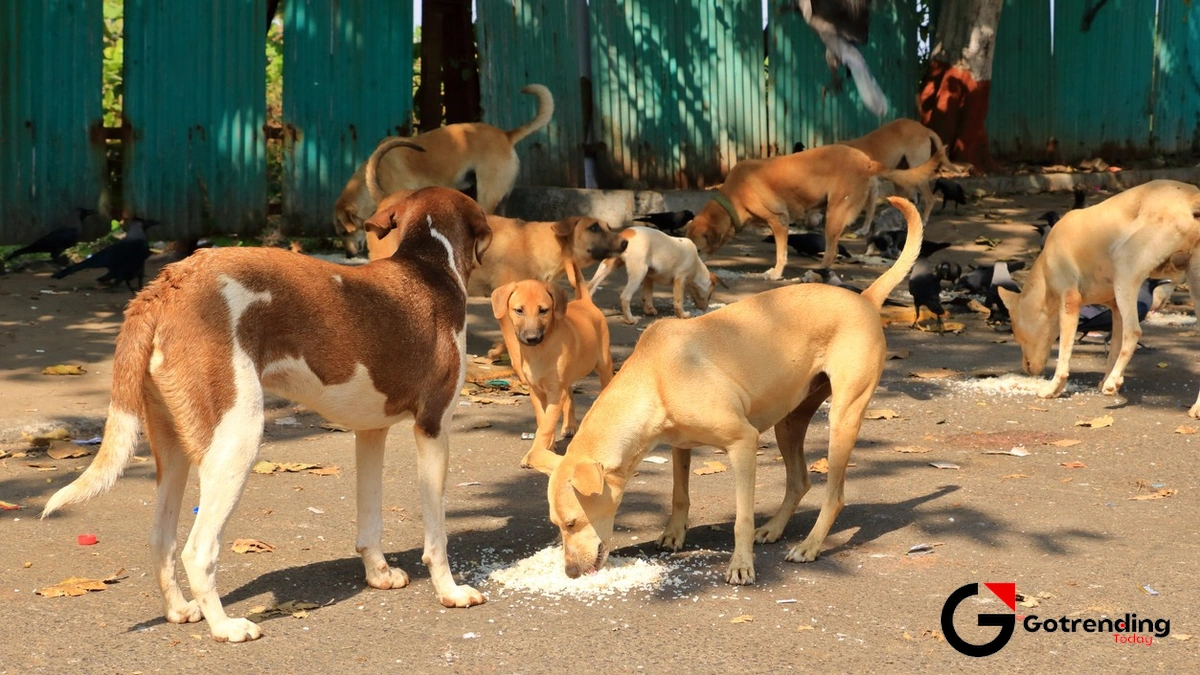The Dog on Your Street Corner | Why India’s Stray Dog Debate is About So Much More Than Dogs
You know the one. The brownish-grey dog with one floppy ear that sleeps under the same Maruti 800 every afternoon. The pack that materialises out of nowhere the moment the neighbourhood biryani guy discards his leftovers. For some of us, they are a familiar, comforting part of our daily landscape. For others, they’re a source of constant anxiety, a four-legged menace to be avoided on a late-night walk.
Here’s the thing. This isn’t just about dogs. Not really.
The furious WhatsApp debates, the high-rise society circulars screaming in all caps, the tragic headlines about dog bites… it all points to something deeper. The issue of stray dogs in India has become a massive, tangled knot of urban planning failures, social friction, misplaced compassion, and genuine fear. It’s a mirror reflecting our own struggles with coexistence in rapidly changing cities.
So, let’s sit down with our metaphorical chai and untangle this. Let’s go beyond the screaming matches and ask the one question that actually matters: Why is this simple, everyday sight one of the most divisive issues in modern India?
Beyond the Bark and Bite | Why We’re All Talking About Stray Dogs

Let’s be honest, the conversation usually starts with fear. And that fear isn’t always irrational. News reports of dog attacks, especially involving children or the elderly, are heartbreaking and terrifying. It’s a primal fear, and when you see a pack of dogs barking aggressively, your brain doesn’t care about animal rights; it cares about safety. Acknowledging this is the first step to having a real conversation.
But the story that gets lost in the panic is that these incidents are symptoms, not the disease itself. They are the explosive, tragic result of a system that has been failing for decades. Blaming the dogs is easy. Understanding the systemic breakdown that puts both humans and dogs in confrontational situations? That’s much harder.
What fascinates me is how we’ve created a perfect storm. We have:
- Cities expanding at a breakneck pace, gobbling up natural habitats.
- A garbage disposal problem of epic proportions, which provides a constant food source for street animals.
- A patchwork of poorly implemented animal welfare laws.
- And, most importantly, a deep social schism between citizens who feel a duty of care and those who feel threatened.
So when we argue about stray dogs , we’re actually arguing about public safety, civic responsibility, and what kind of communities we want to live in. The dogs are just the furry, four-legged focus of our collective urban anxiety.
The Great Indian Jugaad for Animal Welfare | The ABCs of the Problem

If you’ve followed this debate, you’ve probably heard the term “ABC.” It stands for Animal Birth Control programme India , and it’s the government’s official, legally mandated strategy for managing the street dog population. The idea is scientifically sound and endorsed by the World Health Organization as the most effective way to curb rabies. Here’s how it’s supposed to work:
- Dogs from a specific area are humanely caught.
- They are taken to a clinic, surgically sterilized (spayed or neutered), and vaccinated against rabies.
- Their ear is notched or clipped for easy identification.
- After a recovery period, they are released back into the *exact same territory* they were picked up from.
Why release them back? It’s a crucial step. Sterilized, vaccinated dogs will hold their territory, preventing new, fertile, and potentially unvaccinated dogs from moving in. It creates a stable, non-breeding, and immunized population. Culling or simply removing dogs, as studies worldwide have shown, creates a vacuum that is quickly filled by other dogs, leading to an endless and cruel cycle.
But here’s where the “jugaad” part comes in. The ABC Rules, 2001, are brilliant on paper. The implementation on the ground? It’s a whole different story. I initially thought this was straightforward, but then I realized the sheer scale of the challenge. Municipal corporations are often underfunded and understaffed. The number of dogs far outstrips the capacity of the available ABC centres. Sometimes, dogs are not returned to their original territory, which disrupts pack dynamics and causes chaos. This is the core of the stray dog problem in India : a solid gold policy implemented with rusty tools.
The Human Factor | Why Our Neighbourhoods are the Real Battleground

This is where it gets personal. The policy failure trickles down and explodes in our building compounds and on our street corners. It creates two opposing, emotionally charged camps: Team Feeder vs. Team Resident Fear.
On one side, you have the “feeders.” These are residents who, driven by compassion, spend their own time and money to feed and care for community animals. They see them not as a menace, but as sentient beings deserving of kindness. They are often the ones who are quietly getting dogs sterilized and vaccinated, doing the work the municipality can’t or won’t.
On the other side, you have residents, often parents or the elderly, who are genuinely terrified. They see a pack of dogs being fed near a children’s play area and envision the worst. They see leftover food attracting rats. Their demand for a “dog-free” society isn’t born of malice, but of a desire for safety and sanitation.
And the conflict escalates. Feeders are harassed, their food bowls are thrown away. Residents are accused of cruelty. The Resident Welfare Association (RWA) becomes a war zone. What most people miss is that both sides actually want the same thing: a safe and peaceful community. Their methods are just diametrically opposed. The problem is that unmanaged feeding without a focus on sterilization and vaccination can indeed lead to problems like dependency and territorial aggression. Conversely, intimidating feeders and creating a hostile environment solves nothing; it just makes the dogs more fearful and potentially more defensive.
The solution isn’t about choosing a side. It’s about dialogue and creating a middle path designated feeding spots away from high-traffic areas, and a collective community effort to support sterilization. It’s about understanding how to deal with stray dogs as a community, not as warring individuals.
From ‘Stray’ to ‘Community Dog’ | A Shift in Perspective We Desperately Need

Perhaps the biggest change we need is in our vocabulary. “Stray” or “awara” implies something lost, unwanted, and out of place. It’s a negative label. Many animal welfare experts now prefer the term ” community dogs India .”
Why? Because it reframes their existence. These animals aren’t lost; they were born into our urban ecosystem. They are a part of the community, for better or worse. A well-managed population of community dogs sterilized, vaccinated, and familiar with the residents can actually be an asset. They are territorial and can keep new, unknown dogs out of the area. They act as an informal security system, barking at strangers. They help control the rodent population.
Thinking of them as community dogs shifts the responsibility from “someone else’s problem” to “our collective responsibility.” It encourages a proactive approach: let’s work with local NGOs, let’s pool resources to get our local pack sterilized, let’s manage them responsibly instead of wishing they would just disappear. Answering the question ” are stray dogs dangerous ?” becomes more nuanced. An unsterilized, hungry, scared dog can be. A vaccinated, fed, and familiar community dog is far less likely to be.
This isn’t a utopian fantasy. There are numerous neighbourhoods across India where this model works beautifully, where feeders and other residents have found a way to coexist peacefully. It requires effort, empathy, and above all, communication.
Frequently Asked Questions (FAQs)
What are the actual laws about feeding stray dogs in India?
The Constitution of India bestows a fundamental duty upon its citizens to have compassion for all living creatures. Several High Court and Supreme Court judgments have upheld the right of citizens to feed community dogs. However, it’s advised to do so responsibly, in designated spots that do not cause a nuisance or block public access, and to ensure the feeding is coupled with efforts for sterilization and vaccination.
Is relocating stray dogs a solution?
No, it’s illegal and counter-productive. The Animal Birth Control (Dogs) Rules, 2001, explicitly state that dogs must be released in the same locality they were captured from. Relocating them is considered cruelty, and as mentioned, it creates a vacuum that new, unsterilized dogs will quickly fill, worsening the problem.
What should I do if I see an injured or sick stray dog?
You can contact a local animal welfare NGO or your city’s municipal corporation. Many cities have helplines or dedicated animal rescue ambulances. The Animal Welfare Board of India website can be a resource to find local contacts.
Are all stray dogs aggressive?
Absolutely not. Most street dogs are wary of humans and prefer to keep their distance. Aggression is often a result of fear, abuse, illness (like rabies, which is why vaccination is key), or protecting puppies. Understanding their body language can help prevent negative interactions.
What is the Animal Birth Control (ABC) program?
It’s the scientifically-proven and humane method of managing the street dog population through mass sterilization and anti-rabies vaccination. Its goal is to create a stable, non-breeding, and vaccinated dog population over time, which eventually reduces both the number of dogs and the risk of rabies.
Who is responsible for sterilizing stray dogs?
Legally, it is the responsibility of the local municipal corporation. They are meant to carry out the Animal Birth Control programme India , often in partnership with recognized Animal Welfare Organisations (AWOs). As a citizen, you can help by flagging your local dog population to them and supporting the NGOs doing this work.
The dog on your street corner isn’t just a dog. It’s a living, breathing question mark. It asks us how we want to manage our shared spaces, how we define compassion, and whether we’re capable of finding solutions that are humane for them and safe for us. The answer doesn’t lie in more anger, but in more understanding, more responsibility, and a fundamental acceptance that our cities belong to all of us the two-legged and the four-legged alike.










